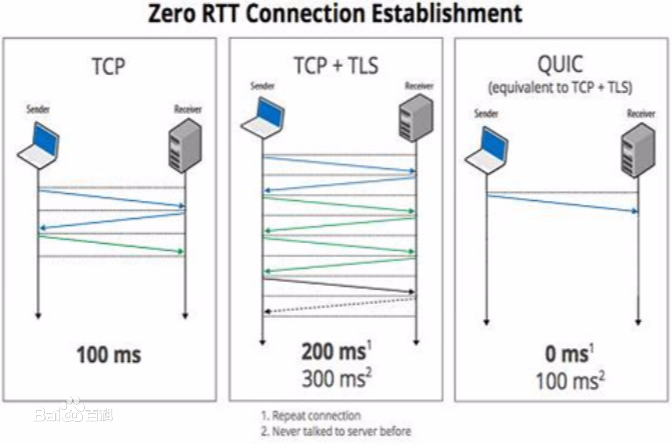In the last 15 years, the Internet architecture has continued evolving organically, introducing new headers and protocols to the classic TCP/IP stack. More specifically, we have identified two major trends. First, it is common that most communications are encrypted, either at L3 or L4. And second, due to protocol ossification, developers have resorted to upper layers to introduce new functionalities (L4 and above). For example, QUIC's connection migration feature provides mobility at L4. In this paper we present a reflection around these changes, and attempt to formalize them by adding two additional protocol headers to the TCP/IP stack: one for security, and another for new functionalities. We must note that we are not presenting a new architecture, but trying to draw up what it's already out there. In addition, we elaborate on the forces that have brought us here, and we enumerate current proposals that are shaping these new headers. We also analyze in detail three examples of such trends: the Zero Trust Networking paradigm, the QUIC transport protocol, and modern SD-WAN systems. Finally, we present a formalization of this architecture by adding these two additional layers to the TCP/IP protocol stack. Our goal is triggering a discussion on the changes of the current Internet architecture.
翻译:在过去15年中,互联网结构继续有机地发展,在经典的TCP/IP堆叠中引入了新的信头和协议。更具体地说,我们确定了两大趋势。首先,大多数通信都是加密的,有的在L3或L4。第二,由于协议的分层化,开发者诉诸于上层以引入新的功能(L4和以上)。例如,QuIC的连接迁移特征在L4中提供了流动性。在本文中,我们对这些变化进行反思,并试图通过在TCP/IP堆叠中添加两个额外的协议信头来正式化它们:一个是安全信头,另一个是新功能。我们必须指出,我们不是在展示新的结构,而是试图绘制它已经存在的内容。此外,我们详细介绍了导致我们来到这里的力量,我们列举了正在形成这些新信联网的当前建议。我们还详细分析了这些趋势的三个例子:零信任网络模式、QIIC运输协议以及现代的SD-WAN系统。最后,我们介绍了这一结构的正式化,这是在我们的TIP系统上增加两个层次的触发器。


